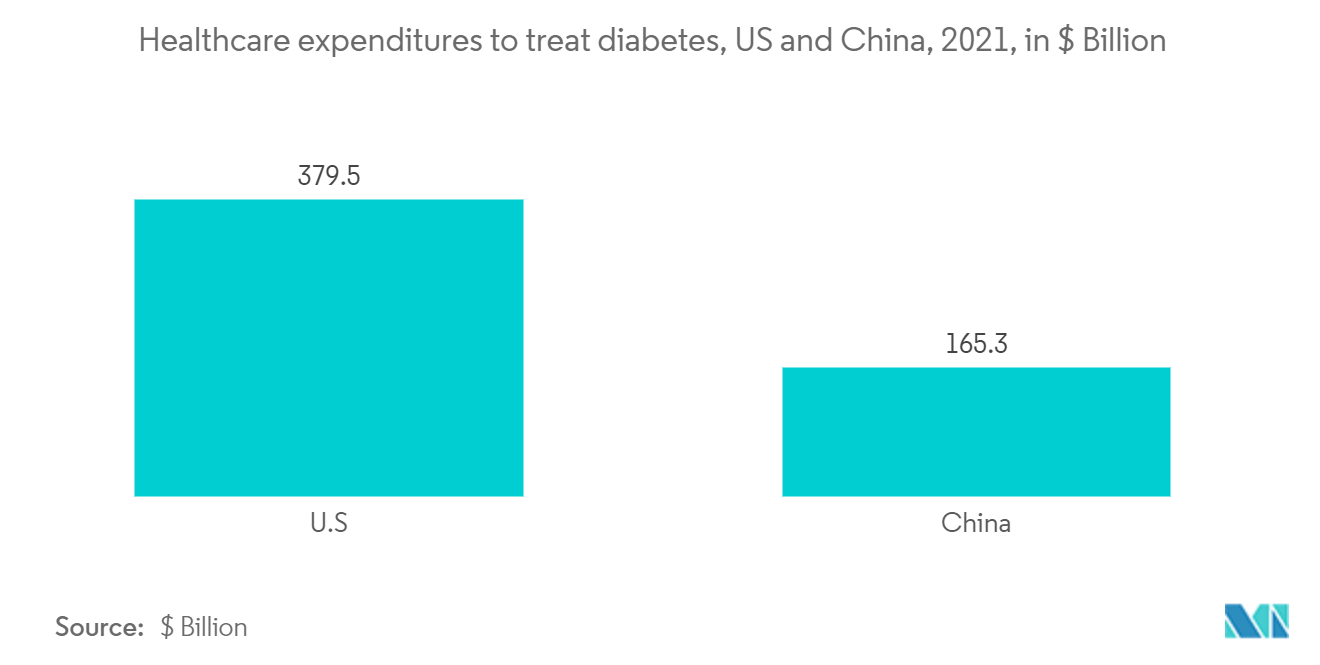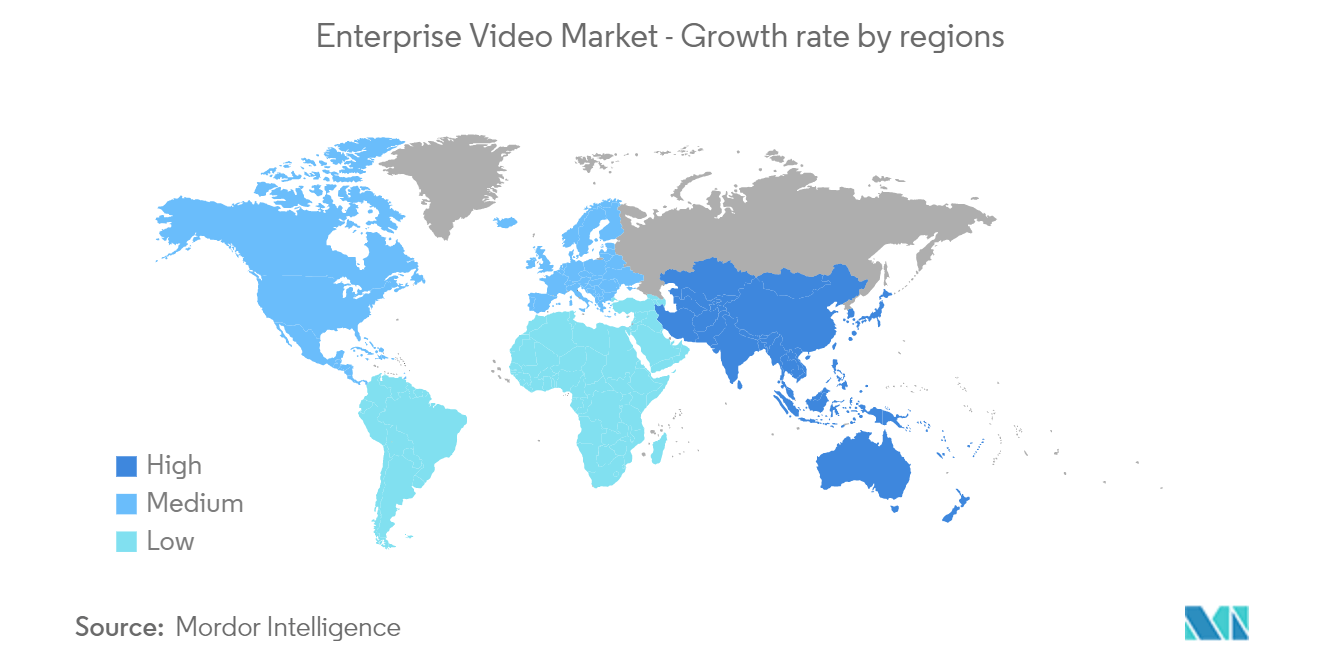Market Trends of Enterprise Video Industry
This section covers the major market trends shaping the Enterprise Video Market according to our research experts:
Healthcare to Hold a Significant Market Share during the Forecast Period
- Video solutions like conferencing have enabled easy medical support. These solutions are available on-premise and cloud-based and hence are cost-effective, making them reasonable for healthcare organizations and patients. The primary factor fueling the market's growth is the rising shift and increasing healthcare IT spending toward telemedicine services. This is further supported by increased efforts by national governments to improve their healthcare infrastructures. However, slow internet connections and financial challenges restrain the market's growth. Furthermore, complexities involved in the operation of these video conferencing equipment, low technology awareness, and acceptance among the people are other factors contributing to the challenges of the market.
- Due to the COVID-19 pandemic, several countries worldwide implemented preventive measures. With schools being closed and communities being asked to stay at home, multiple organizations were forced to find a way to enable employees to work from home. The COVID-19 pandemic changed the organizational perspective about remote work and learning and the critical role video conferencing plays in allowing remote collaboration.
- Though the COVID-19 pandemic continues to hamper economic activities worldwide, the overall regional investments have grown since the market studied has been directly aligned with critical operations platforms, allowing teams to communicate remotely throughout the period.
- In 2020, the new domain registration on these video communication platforms, including Zoom, rapidly increased. According to Checkpoint Security, since January 2020, more than 1700 new domains have been registered, and 25% were recorded in the first week of March 2020. As per updated findings from the 2021 State of Remote Work Report by Buffer, nearly 94% of surveyed individuals who started working remotely due to the pandemic opted to work remotely for the rest of their career, compared to 99% of individuals opting for it if they used to work remotely even before the pandemic.
- Alongside the changes in managerial style, the pandemic also stimulated changes in the use of the software. The embracing of Zoom and other videos conferencing software goes beyond video communication tools. Managers began to digitize further to accommodate the shift to handle affairs through corporate management and project productivity software. The ability to collaborate and communicate on work, track progress, and assign action items became increasingly crucial for businesses across industries.
- Collaborations between institutions encouraged the fostering of very fruitful partnerships. In January 2022, Yuja, which acquired Webex, announced the signing of a three-year contract with Chapman University and a non-conditional agreement with Pikes Peak Community College to license their Enterprise Video Platform and Zoom Connector. The Zoom Connector is an additional module to the existing video platform that enables the automated upload of videos recorded through Zoom. The contract premises the recordings to be spread securely and viewed on any device, along with featuring captioning and indexing videos for improved search-inside-video capabilities.

North America is the Major Market for Enterprise Video Market
- North America holds a significant market share owing to the presence of established infrastructure, the proliferation of mobile devices across various verticals, and the high concentration of large multinational companies like IBM, Cisco, and others. The US is the single largest country in the enterprise video market. The market is driven by the increasing number of SMEs looking for better collaborations and the shift of large enterprises towards enhanced modes of video conferencing and content management rooms. A survey conducted by ActiveCampaign revealed that more than 41% of SMEs use improved methods of video conferencing software for marketing.
- The medium and large-sized corporations are highly focused on their core competencies, where they are most likely to outsource the IT solutions, which are expected to boost the market in the region over the forecast period. Besides, the surge in cost associated with the setup of IT infrastructure and mobility has led to the increased utilization of managed mobility services, thereby propelling market growth over the forecast period.
- In recent years, enterprise video emerged as a critical component of the content marketing strategy of several companies in the United States. The development of content delivery networks (CDNs) accelerated the delivery of multimedia internet content and provided organizations with higher-quality video streams, fueling the market's growth.
- In various educational institutes in the country, videos have been used to improve learning, like visual recordings of courses and webinars. Several schools, colleges, and universities created multimedia content and delivered it via video presentations. As stated earlier, as part of its customer acquisition process, Yuja, in August 2021, collaborated with the University of St. Thomas, Houston, Texas. The University implemented YuJa's Enterprise Video Platform, which offers a learning management system (LMS), live streaming capabilities, and comprehensive video recording and management tools.
- The overall shift and increasing healthcare IT spending toward expanding and advancing telemedicine services is a primary factor fueling the market's growth. For instance, in February 2021, Sesame, a direct-to-patient platform, announced its video appointment expansion to Greater Houston to address the telemedicine requirements of patients and independent practices across all specialties during the COVID-19 pandemic.


